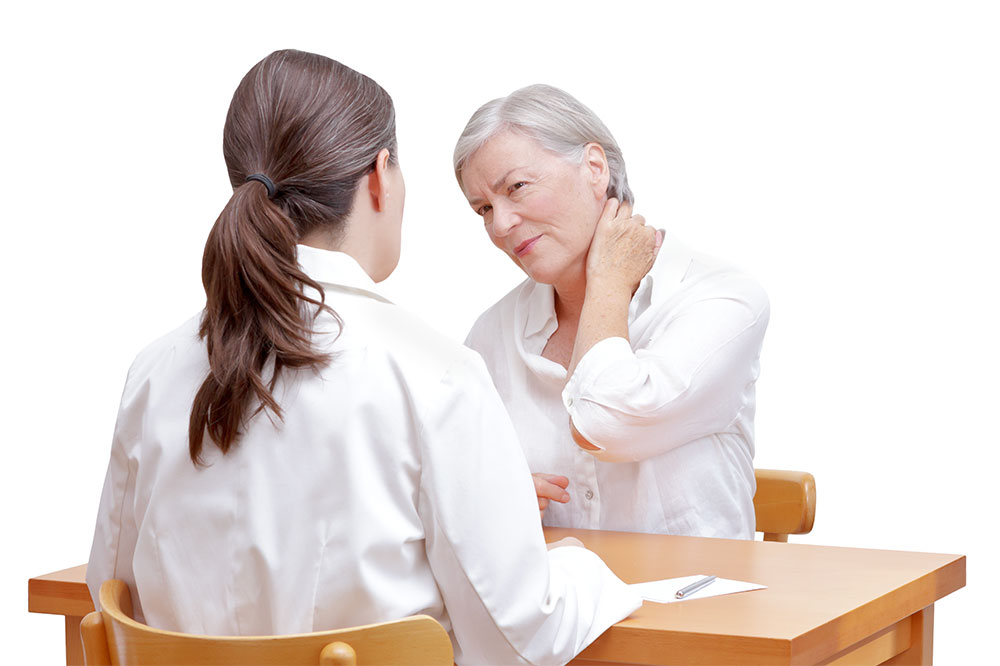
Osteopenia – Symptoms, causes, diagnosis, and management options
Osteopenia is a condition that is marked by loss of bone mineral density(BMD) that weakens the bones. This condition is very common in individuals over the age of 50 and is mainly seen in women. The condition does not have any symptoms. If the condition is left untreated, it can worsen and lead to troubles with day-to-day functioning. There are many ways to tackle this condition. Read on to learn more about osteopenia.
Osteopenia vs. osteoporosis
Osteopenia is a condition where there is a loss in bone density. But, this is not severe enough to lead to other symptoms and affect the individual’s quality of life. Osteoporosis, on the other hand, is a severe disease where the bones weaken to a great extent making the individual prone to fractures and other conditions. Osteopenia, if left untreated, can lead to the development of osteoporosis. This is why diagnosing this condition and tackling it in its nascent stages is important.
Symptoms of osteopenia
There are typically no symptoms of osteopenia because the loss of bone density itself does not lead to any symptoms. An individual will start seeing symptoms when the condition has progressed into osteoporosis. The condition is only usually diagnosed when an individual undergoes bone mass testing.
Causes of osteopenia
There is no known exact cause for osteopenia. But, experts have been able to figure out a few factors that could lead to the development of this condition. One of the most important factors that could lead to osteopenia is age. Our bones are made up of living tissue. This tissue constantly experiences wear and tear. The body then builds new bone tissue to replace the old one. At certain ages, new tissue is created faster than the old tissue breaks down. After the age of 35, the bones begin to break down faster than the new bone is created. This leads to loss of bone density in the body and can weaken the bones. Aside from age, there are also other factors that could lead to osteopenia. These include medication conditions such as hyperthyroidism, treatment options for other diseases, and even hormonal changes that take place during menopause.
Not eating well and getting the right amount of nutrition, such as calcium and vitamin D, can also lead to the loss of bone. Those who have undergone surgery in the gastrointestinal system, which affects their ability to absorb nutrients, are also at high risk of developing osteopenia.
Diagnosing osteopenia
To diagnose low bone density in the body, the healthcare practitioner will ask a number of questions. These questions will help them understand your family history, your medical history, the kinds of treatments you’ve taken, and more. They will also conduct a physical examination on the individual and ask them to undertake a bone density test.
The bone mineral density is measured with dual-energy X-ray absorptiometry, also known as DEXA. This is a common procedure and is often referred to as a bone mineral density test. It uses X-rays with low radiation compared to a normal X-ray. The test is painless and easy to conduct and usually measures the bone density of your spine, hip bone, shin, heel, finger, and more. The test then compares the results with that of a healthy 30-year-old individual of the same age, gender, and race.
Treating osteopenia
There is no cure for osteopenia. Any treatment available for the condition is used to prevent osteopenia from progressing to osteoporosis. The first part of the treatment includes making changes to your meals and trying to exercise. The chances of breaking a bone due to osteopenia are slim, which is why doctors typically ask patients to tackle this with natural measures instead of oral treatments. They may also prescribe oral supplements for calcium and vitamin D.
Foods to eat and natural remedies
Eating the right foods are very essential to tackling osteopenia. You need to ensure that you are getting the right amount of calcium and vitamin D from your meals. This is why adding foods that are rich sources of these nutrients to your meal plan can help. This includes dairy products such as cheese, milk, and yogurt to your food. You can also add orange juice, breads, and cereals that are fortified with calcium and vitamin D to your meals. Other foods that are rich in vitamin D include dried beans, broccoli, spinach, and even salmon. Aside from food, individuals can also try natural remedies such as exercise to help strengthen their bones and fight osteopenia. Walking, jumping, or running for a minimum of 30 minutes a day will be beneficial to manage the condition well. You can also try weight-bearing exercises or swimming and biking.




